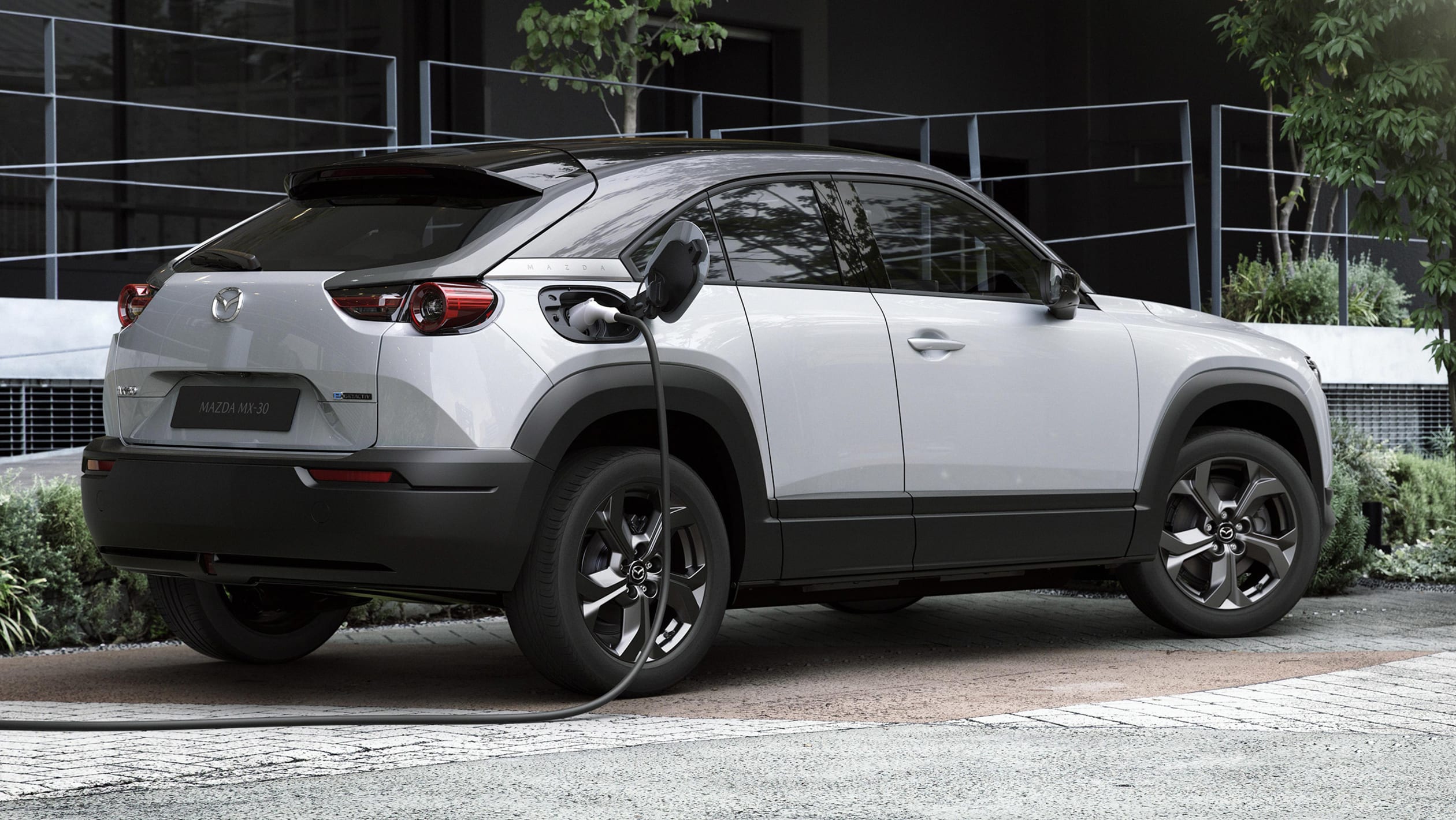Range extenders – or extended-range electric vehicles – are an alternative form of electric car. They help eliminate range anxiety while maintaining many of the benefits of purely electric models.
You’ll most likely have come across terms such as electric car, hybrid car and plug-in hybrid car, and even hydrogen fuel-cell car, but the term ‘range extender’ is perhaps less well known by the general public.
It refers to a type of electric car with both an electric drivetrain (comprised of one or more electric motors and a battery) and an internal-combustion engine. While that’s the same basic setup you’ll find in a hybrid, the key difference is that in a range extender, the internal-combustion engine (either petrol or diesel) functions only as a small generator for the batteries – it never drives the car’s wheels directly.
How does a range-extender (REx) electric car work?
Unlike a plug-in hybrid (which usually has distinct electric-only, engine-only and combined electric-plus-engine driving modes) or a full hybrid (which shuffles between the two power sources automatically), a range extender vehicle is only ever driven by the electric motor, so it always feels the same from behind the wheel, albeit with a little bit of extra noise if the small generator is charging the battery.
Range extenders aren’t very common, having been rendered largely obsolete by battery technology and charging infrastructure developments, which have eliminated the range anxiety sometimes associated with early electric cars and given rise to many long-range electric cars. In order to work properly, a range-extender car needs to be both refuelled at a petrol station and recharged at a home or public charging point.
What range-extender (REx) electric cars are available?
The BMW i3 was initially offered in both range-extender and pure-electric forms, but the latter has been the only choice for some time now. Another range extender was the Chevrolet Volt, but both versions of this car have now been discontinued. The technology has since fallen out of favour with most manufacturers.
An upcoming range extender will be Mazda’s rotary range extender for the MX-30 (and likely other Mazda electric vehicles). This will use a small wankel combustion engine as the genrator for the electric batteries, which in the MX-30 are quite small and limit the electric driving range. With the new range extender, it remove range anxiety for those wanting to drive longer kays. The battery-powered MX-30 will begin the introduction of additional electrified models, including a series plug-in hybrid with a rotary generator for MX-30, a plug-in hybrid for our new large platform,” said President & CEO, Mazda (North America) Jeff Guyton.
Why would you want a range-extender (REx) electric car?
The big selling point behind range extenders was that they effectively erased range anxiety. This is because the petrol engine not only significantly boosted the vehicle’s range, but also because it could be topped up at regular fuel stations without the need to plug the vehicle in.
It means that if you get caught out needing to travel longer than thought, or if you can;t recharge for whatever reason, you can still drive the car, albeit relying on fuel rather than electricity.
Joe Holding





